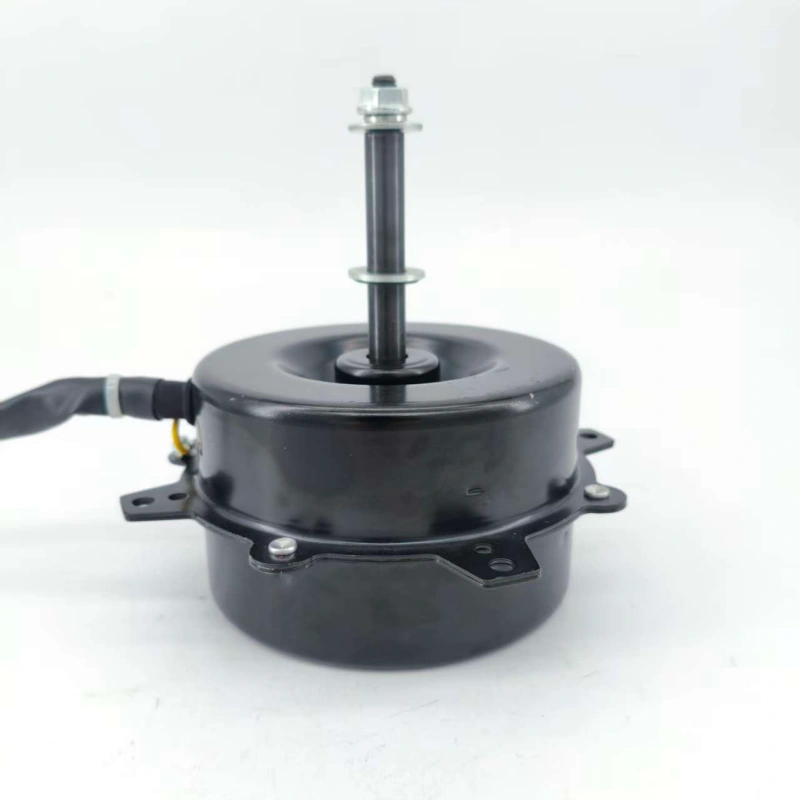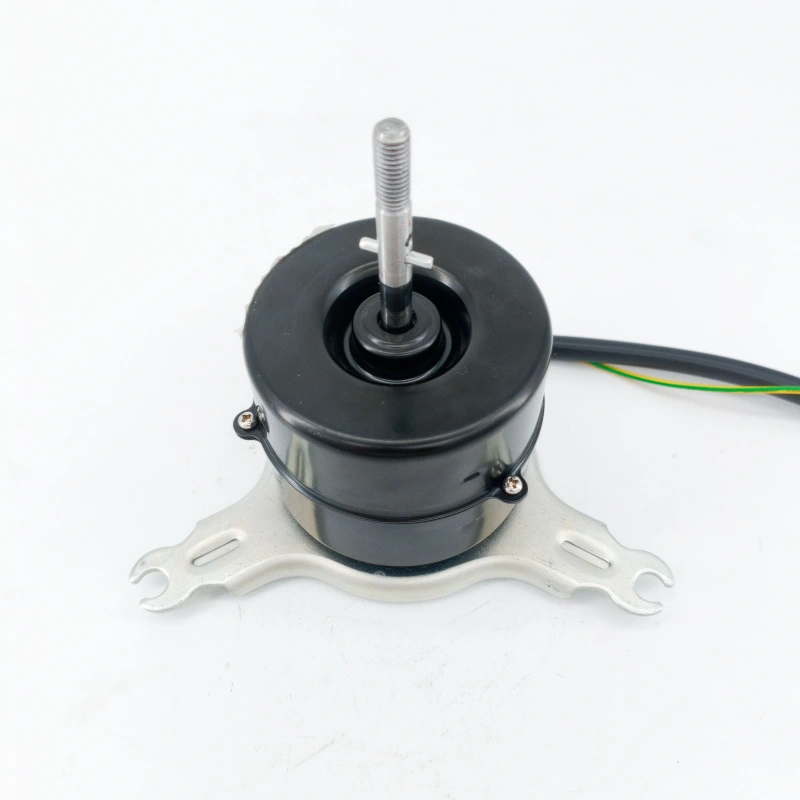1、 Power related issues
This is the most common cause of motor overheating.
Voltage imbalance:
Reason: In a three-phase motor, if the three-phase voltage values are not equal, negative sequence current and negative sequence magnetic field will be generated. This reverse magnetic field will cause huge eddy current losses in the rotor, leading to rapid heating of the motor.
Impact: A small voltage imbalance (such as 2%) can lead to a large current imbalance (possibly up to 6-8%) and significantly increase temperature rise.
Voltage too high or too low:
High voltage: It can cause the motor’s magnetic flux to saturate, leading to a sharp increase in excitation current (increased iron and copper losses) and resulting in heat generation.
It is usually safe for a motor to operate within ± 5% of its rated voltage.
Voltage too low: In order to output the same power (torque x speed), according to the formula P=√ 3 * V * I * cos φ, as the voltage V decreases, the current I must increase.
The increase in current leads to an increase in copper loss (I ² R) in the winding, resulting in overheating.
Phase loss operation:
Reason: One phase of the three-phase motor lost power during operation.
This is usually caused by fuse burnout, contactor contact failure, or circuit disconnection.
Phenomenon: The motor will still run, but it will produce abnormal noise, severe vibration, and the remaining two-phase winding current will increase sharply, quickly causing the motor to burn out.
This is a very dangerous failure mode.
2、 Load and mechanical issues
Overload:
Reason: The load driven by the motor exceeds its rated power.
For example, the impeller of the pump gets stuck, the air damper of the fan is opened too wide, and the goods on the conveyor belt are too heavy.
Performance: The motor current continues to exceed the rated current.
The protective device (such as a thermal relay) should be activated. If it is not activated or the set value is too high, the motor will overheat.
Mechanical friction or jamming:
Reason: Damaged motor bearings, poor lubrication, improper installation, fan impeller scraping, or mechanical parts of the load getting stuck.
Impact: These situations will increase the rotational resistance of the motor, resulting in an increase in load torque, equivalent to overload, causing the current to rise and heat up.
3、 Problems with the motor itself
Cooling system malfunction:
Reason:
Air cooled motor: The cooling fan is damaged, the fan is installed upside down, the air inlet or the cooling fins of the casing are blocked by dust and oil, resulting in poor ventilation.
Water cooled motor: blocked cooling water channel, insufficient water volume, or high water temperature.
Winding issue:
Reason: Short circuit between turns, between phases, or to ground in the winding.
A local short circuit will generate a huge circulating current, causing the winding in that part to rapidly heat up and affect the entire motor.
Causes: Usually caused by insulation aging, moisture, vibration, or voltage shock (such as lightning strikes).
Bearing issues:
Reason: Bearing oil shortage, deteriorated lubricating grease, internal wear or damage.
Impact: The increase in bearing friction not only generates high temperatures and conducts them to the machine base and windings, but also increases the load, resulting in a slight increase in current.
4、 Environmental and operational issues
High ambient temperature:
The motor is installed in poorly ventilated, enclosed spaces, or places with nearby heat sources, where the ambient temperature exceeds the allowable value of the motor design and heat dissipation is difficult.
Frequent startup:
When the motor is started (directly started), the current can reach 5-7 times the rated current, which will generate a large amount of heat.
If the startup is too frequent and the heat accumulation rate exceeds the heat dissipation rate, it will lead to overheating.
Improper operation mode:
For example, using a motor with a short-term working system (S2) for continuous operation (S1), the designed heat dissipation capacity of the motor is not sufficient to cope with long-term operation.




